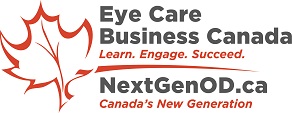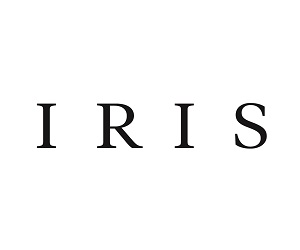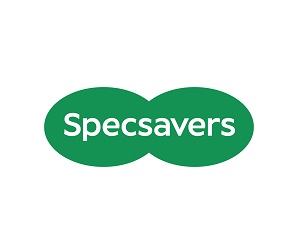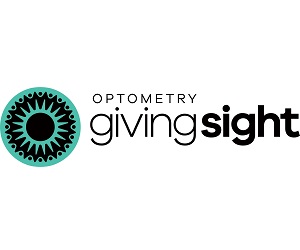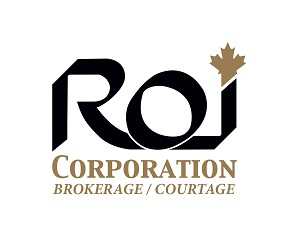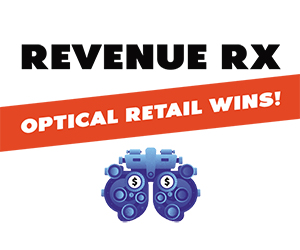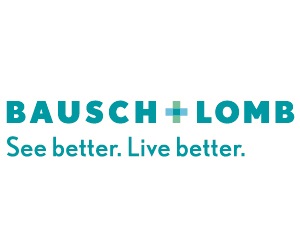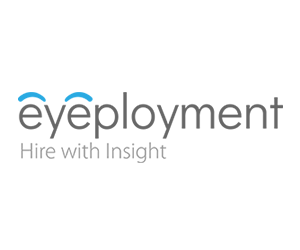
In recent years, the landscape of Canadian small business taxation has undergone significant changes, particularly concerning the small business deduction (SBD) and its interaction with passive income. Understanding these changes is crucial for small business owners who rely on the SBD to reduce their tax burden and promote growth.
What is the SBD?
The SBD is a tax benefit on the first $500,000 of active business income (ABI) in a Canadian-controlled private corporation (CCPC). This reduction is designed to help stimulate business growth and job opportunities.
The Tax Advantage of the SBD
The current combined federal and provincial corporate tax rate on income eligible for the SBD is 11% in Alberta. This represents a 12% tax savings compared with the general rate income pool (GRIP) tax of 23% on active income.
Changes in Corporate and Personal Taxation (2018)
In 2018, the Canadian tax system underwent significant adjustments aimed at achieving greater integration between business and personal taxation. This overhaul primarily affected business owners and their comparison to salaried individuals, creating a near-perfect tax alignment.
2018 Tax Changes Affecting the SBD
The 2018 federal budget introduced significant changes to the impact of passive income within corporations. If passive income exceeds $50,000 in a given year, a clawback* begins on the $500,000 of eligible ABI for the SBD.
Understanding Passive Income
Passive income includes interest, dividends, and capital gains. The taxable portion of these forms of income is termed adjusted aggregate investment income (AAII).
How is Corporate Passive Income Taxed?
Following the 2018 tax changes, corporate passive income as AAII is currently taxed at a rate of 46.7% in Alberta (combined federal and provincial rate).
The Tax Impact is Greater after June 25, 2024
In 2018, at the time of “near perfect integration” the capital gains inclusion rate was 50%. This means that 50% of the gain was deemed taxable as AAII. On June 25, 2024 the capital gains inclusion rate for corporations was increased to 66.7%, making it easier to surpass the $50,000 threshold, thereby affecting SBD eligibility.
How SBD Erosion Works
For every dollar of ABII that exceeds the $50,000 threshold, SBD eligibility is reduced by $5*. Once passive income surpasses $150,000 in any given year, the entire SBD on active income is eliminated.
Example of SBD Erosion in Alberta
Consider a scenario where a corporation has $500,000 in taxable active business income. Without any investment income, the corporate tax bill would amount to $55,000.
If this corporation also has $100,000 of ABII**, which exceeds the $50,000 threshold, the SBD rate of 11% will apply only to $250,000 of active income, with the remaining $250,000 taxed at the GRIP rate of 23%.
SBD Tax on $250,000: $250,000 × 11% = $27,500
General Rate Tax on $250,000: $250,000 × 23% = $57,500
Total Tax Bill on Active Income = $85,000 which is $30,000 MORE than if the corporation had passive income less than $50,000!
**this example does NOT include the tax bill on passive income. To see examples for other provinces and the tax on passive income visit our website to access a simple calculator.
A Complex Conversation
Navigating investment and divestment strategies within your corporation has become increasingly complex due to ongoing tax changes. A holistic financial plan that integrates both business and personal aspects of your wealth and taxation is essential to empower you in your financial journey.
It is never too early or too late to initiate your financial planning. Contact us at 780-261-3098 or email (Roxanne@C3wealthadvisors.ca) to set up your next conversation.
*Note: Ontario, Quebec and New Brunswick provincial tax calculations do not mirror the federal rules for the SBD clawback.
Roxanne Arnal is a CFP®, former Optometrist, Professional Corporation President, and practice owner. Today she is on a mission to Empower You & Your Wealth with Clarity, Confidence & Control.
These articles are for information purposes only and are not a replacement for personal financial and tax planning. Individual circumstances and needs vary. Errors and Omissions exempt.
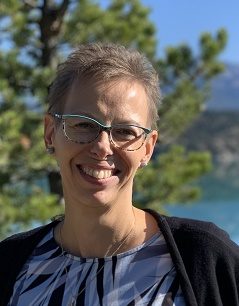
ROXANNE ARNAL,
Optometrist and Certified Financial Planner
Roxanne Arnal graduated from UW School of Optometry in 1995 and is a past-president of the Alberta Association of Optometrists (AAO) and the Canadian Association of Optometry Students (CAOS). She subsequently built a thriving optometric practice in rural Alberta.
Roxanne took the decision in 2012 to leave optometry and become a financial planning professional. She now focuses on providing services to Optometrists with a plan to parlay her unique expertise to help optometric practices and their families across the country meet their goals through astute financial planning and decision making.
Roxanne splits EWO podcast hosting duties with Dr. Glen Chiasson.
